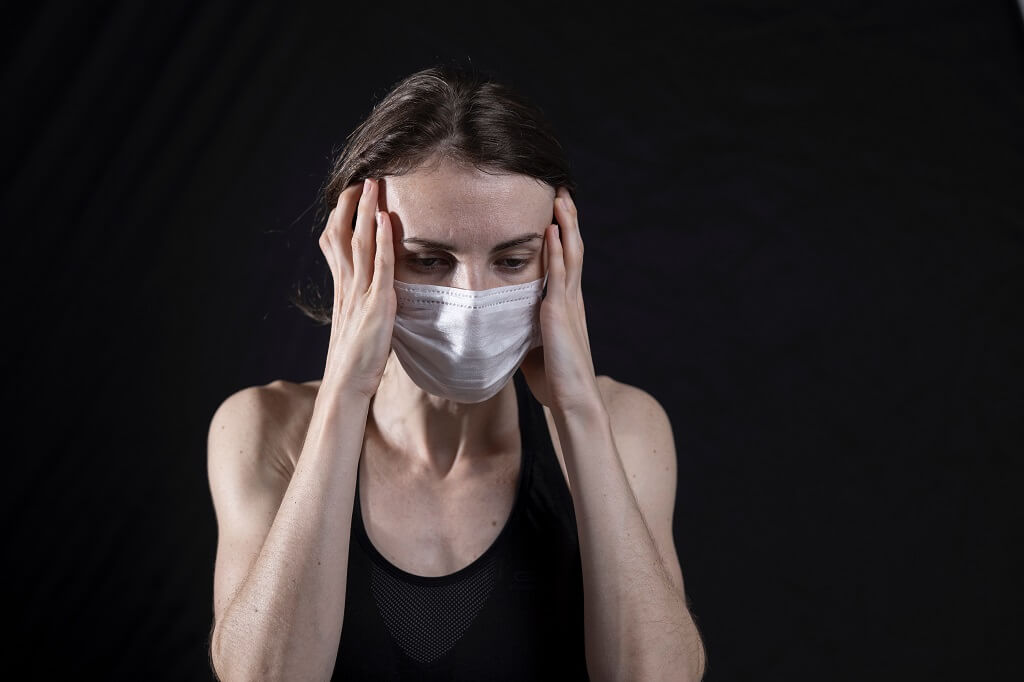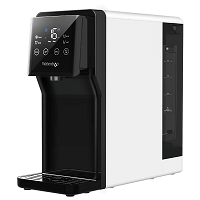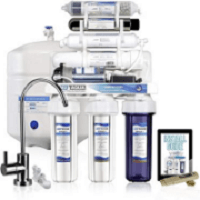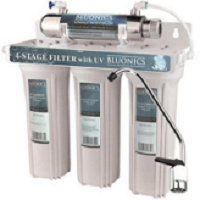Every household needs a constant supply of clean drinking water.
Nevertheless, this invaluable resource is still bit accessible for millions of people. Consequently, some people
use and consume contaminated water. This explains why annual waterborne diseases are responsible for the death
of over 3.4 million people.
When people drink polluted water, it exposes them to specific water
contaminants that lead to waterborne diseases. Pathogens like viruses, bacteria, and protozoa, cause
water-related illnesses, including waterborne diseases.
Several pathways expose humans to water pollutants, including drinking
water, recreational waters, fish, and shellfishes. The most frightening fact is that the human eyes cannot see
almost all contaminants present in drinking water.
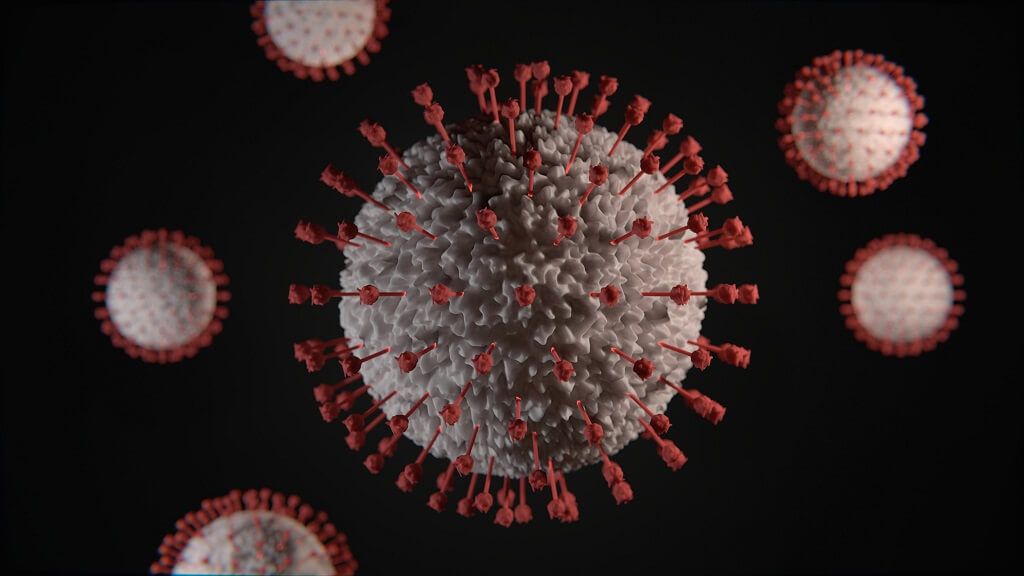
What Are the Waterborne Diseases Caused by Water Contamination?
Salmonellosis
Salmonella infects people that ingest food or drink water contaminated with
feces. Domestic or wild animals can contaminate water surfaces like rivers, lakes, ponds, and streams when they
leave their feces near them. The salmonella virus can infect other water supplies like private wells and water
tanks, especially after a flood.
Hepatitis A
Hepatitis A primarily affects the liver; it is a highly infectious disease.
Drinking water contaminated with the hepatitis A virus (HAV) or coming in close water with an infected person
can lead to hepatitis A infections. A person can also get exposed to the disease by washing and eating foods
made with contaminated water. People at risk of HAV exposure are those living in areas with poor sanitation and
hygiene management.
Cryptosporidiosis
Cryptosporidiosis, also known as ‘crypto,’ infects the intestines. The
causative parasite is cryptosporidium, a microscopic parasite that lives in the bowels. The parasite is present
in the feces of humans and domesticated animals like cattle, sheep, dogs, and cats. Ingesting contaminated food
and water, swimming, and immersing in contaminated water, are ways the infection spreads.
Diarrhea
Diarrhea is one of the most common waterborne diseases. Drinking water
contaminated with pathogens from human or animal waste can cause intestinal infections or food poisoning
resulting from diarrhea. Most cases of diarrhea are usually a result of the presence of waterborne bacteria,
viruses, and protozoans. Symptoms of diarrhea include the passage of loose, watery stools; it can cause
dehydration or loss of electrolytes and death in young children and infants.
Cancer
Water polluted with chlorinated solvents and chemicals like methyl
tert-butyl ether (MTBE) can increase the risk of developing cancer once consumed. The carcinogenic pollutants
can damage the DNA and cause cancer tumors. Hefty medical costs, chronic pain, and death are all associated with
cancer. In addition, cancer is a deadly disease that has claimed the lives of many people worldwide.
Lead Poisoning
Old pipes and solders and discharge of toxic chemicals into water systems
can contaminate drinking water with lead. Ingesting this contaminated water can cause lead poisoning, which is a
major life-threatening disease. Children’s bodies cannot deal with elevated levels of lead, increasing their
vulnerability to the disease. Health problems associated with lead poisoning include anemia, problems with the
reproductive system, and high blood pressure. The kidneys and nervous system can also be affected by lead
poisoning.
How Can You Remove Water Contaminants from Tap Water?
The waterborne diseases discussed above can affect your health adversely
when you consume contaminated water. Although practicing good hygiene can prevent waterborne diseases, you can
avoid these illnesses and maintain your health by installing a water filter in your home to obtain clean,
purified water. With the introduction of UV light for water disinfection, getting clean water is more affordable
without extensive equipment.
UV Water Purification Systems
Ultraviolet or UV Water purification systems use light to remove pollutants,
especially where live microorganisms run rampant in water systems. Consequently, UV light can easily eliminate
microorganisms like Giardia, Escherichia coli, Salmonella, Cryptosporidium, and other viruses from untreated
water. The UV water treatment process does not require chemicals or physical equipment for purifying water;
instead, the process uses electromagnetic radiation.
Waterdrop N1 Countertop RO Water Filter System
The Waterdrop N1 Countertop RO Water Filter System pairs the best of reverse osmosis and UV light into a convenient unit. With its RO process and the improved UV light, your family can benefit from this water filter. The Waterdrop RO system can kill bacteria and viruses every hour; it also has a countertop style that requires little storage space. With the combination of a RO membrane, carbon block, PP cotton, and UV light, the system ensures you don’t face illnesses and diseases due to poor water conditions.
NU Aqua Platinum Series UV and Alkaline Reverse Osmosis Water Filter System
With its rigorous development and testing, the NU Aqua Platinum Series is certified to provide clean, healthy, and great-tasting water consistently. The system has professional-grade, high-quality connect fittings that give the NSF 100% lead-free designer faucet an elegant design that keeps your countertop looking great. The system also uses a premium 5-stage alkaline filter to increase natural minerals like calcium, zinc, iron, magnesium, copper, and selenium in water. Furthermore, the system oxygenates the water and adds antioxidants to give you healthy, mineral-balanced, alkaline drinking water.
Bluonics Ultraviolet Light Purifier for Under Sink Filtration System
The purifier system is a chemical-free, eco-friendly system. The system eliminates chlorine while preserving water taste, odor, and color. In addition, the system has no impact on pH levels – it does not alter water acidity or alkalinity. You can utilize this purifier system in homes, offices, RV, boats, and mobile homes.
The purifier system has a 4-stage water filtration and UV light that treats hundreds of contaminants. You can be rest assured of sparkling clean and great tasting water with this system. There is no chlorine, change of taste, color, or odor with this water purifier. Also, the system does not change the acidity or alkalinity levels of the water.
Conclusively
Contaminated water contains microorganisms that can cause diseases. In most cases, waterborne diseases are severe and life-threatening. You can reduce your risk of contracting waterborne diseases by utilizing a water filtration system in your home.

